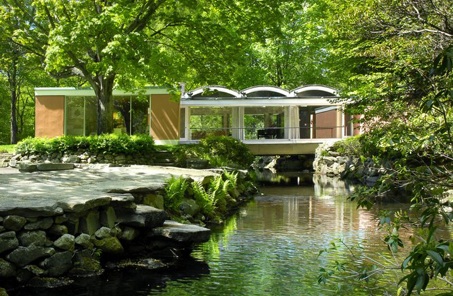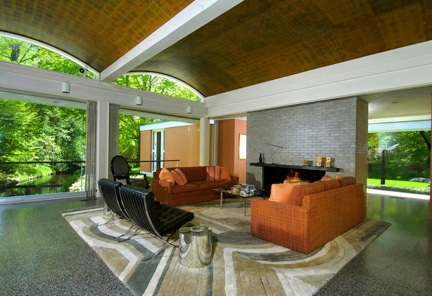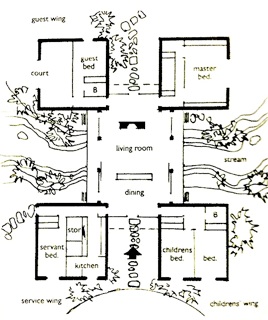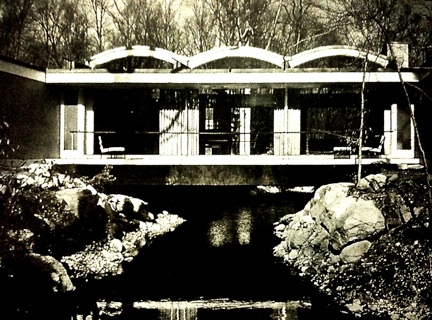“The Bridge, whose symbolic meaning is found in the departure from one reality to another... The suspension of both space and time while crossing the span, and finally the descent to the other bank representing a new reality, heretofore beyond our comprehension. The updating of this time honored image of the arch spanning the stream, is today the experience of air flight.” - John M Johansen






Post-World War II architects of the younger generations, in a rebellion of aesthetics and in attitude, began to revolt against mainstream modern; some turned to Brutalism. Others sought organic expressions.
Johansen, upon “discovering” ancient Athens, Vicenza, and Pallidio, asserted in 1955 in Architectural Record:
“Palladio’s qualities and principles can be as well carried out in space frame and plastic, as in bearing wall. Palladio himself stated in Quattro Libri, I: ‘Although variety of things new may please everyone, yet buildings out not to be carried out contrary to the precepts of art.’ In a sense we go forward, and back. We need not fear the backward look nor be embarrassed by similarity with earlier types, but rather be proud; for art which is profound and fundamental in appeal has its precedent and its parallel.”
Johansen utilized Palladian design elements in his architecture of the Bridge House (below). An elegant interpretation of the “Palladion Ideal”, its central pavilion-bridge home contains three arched bays that span the stream; secondary pavilions flank the bridge.
